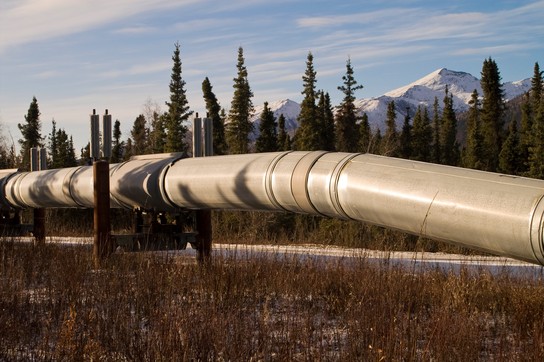Liquefied Petroleum Gas (LPG)
Water Content in Liquefied Gases
Water is a contaminant in fuels because it promotes corrosion and leads to undesired reactions in the fuel. The challenge with LPG lies in the sample measurement and the associated phase transition from liquid to gas. Determining trace levels of water in liquefied gases is important to ensure accurate results.

Regulatory Requirements and Applications
Water Content in Liquefied Gases
Water is a contaminant in fuels and its concentration should be as low as possible. Water promotes corrosion and leads to undesired reactions in the fuel. In the case of liquefied petroleum gas, the challenge lies in the sample measurement and the associated phase transition from liquid to gas. In the sample cylinder, an equilibrium is reached between the liquid and gas phase. Depending on the sample, the water content in the gas phase can be several times higher than that of the liquid phase. Therefore, defined sampling is very important to ensure accurate and reproducible results.
The 875 KF Gas Analyzer from Metrohm is a fully automated solution to determine trace levels of water in liquefied and permanent gases.
Sodium by Online Analysis
The performance and life of combustion engines optimized for LPG can severely deteriorate with elevated sodium levels. Determining these levels at the downstream stage helps refineries adjust process conditions. Metrohm Process Analytics technologies use an ion-selective electrode and the dynamic standard addition technique to accurately measure sodium in LPG in the 0-2 ppm range. Process measurements overcome traditional, lab-based ICP or AAS, which cannot be implemented in the production area.
Organic Halides and Sulfur in LPG by ASTM D7994-17
Fluorine, chlorine and sulfur contained in LPG can be harmful to many catalytic chemical processes, lead to corrosion and contribute to emissions pollutants. This test method can be used to determine total fluorine, chlorine and sulfur in processed and finished LPG products.
The Combustion Module (Oven + LPG/GSS) is comprised of the combustion oven and the LPG/GSS module and enables sample digestion during the pyrolysis of liquefied gases and gases under pressure.
